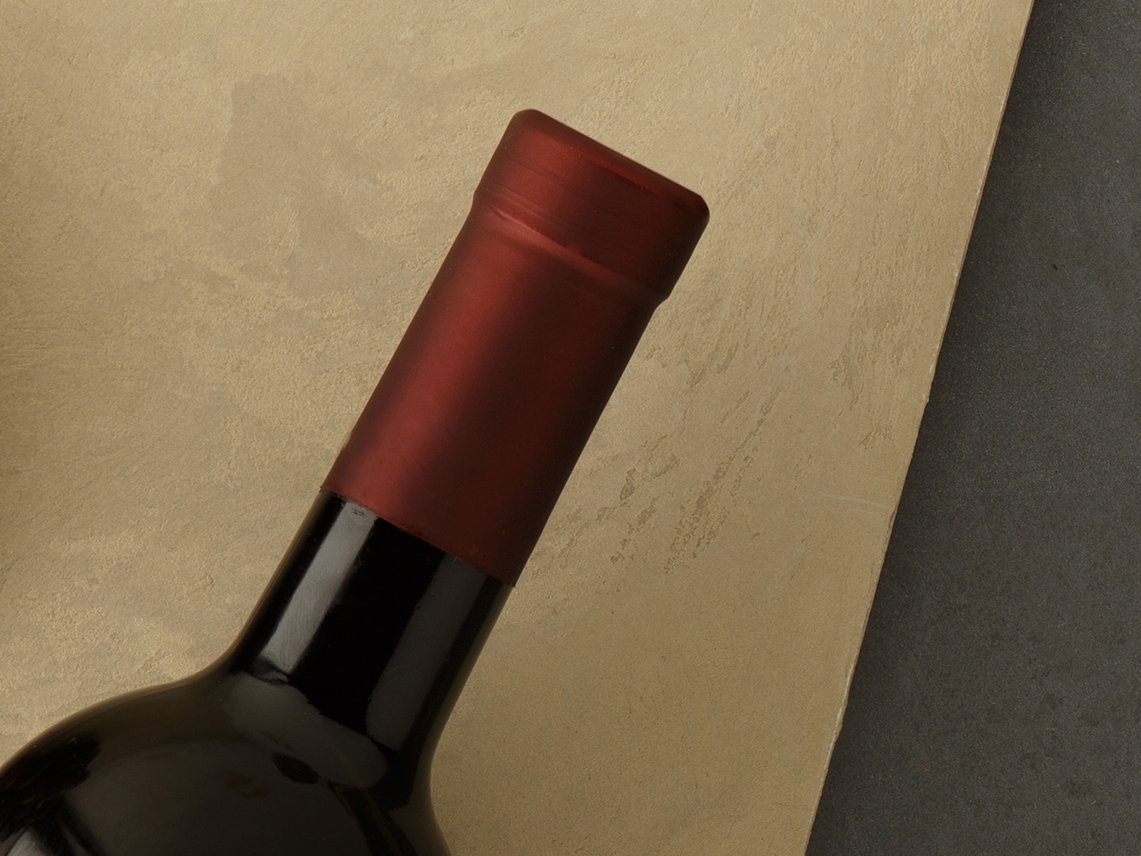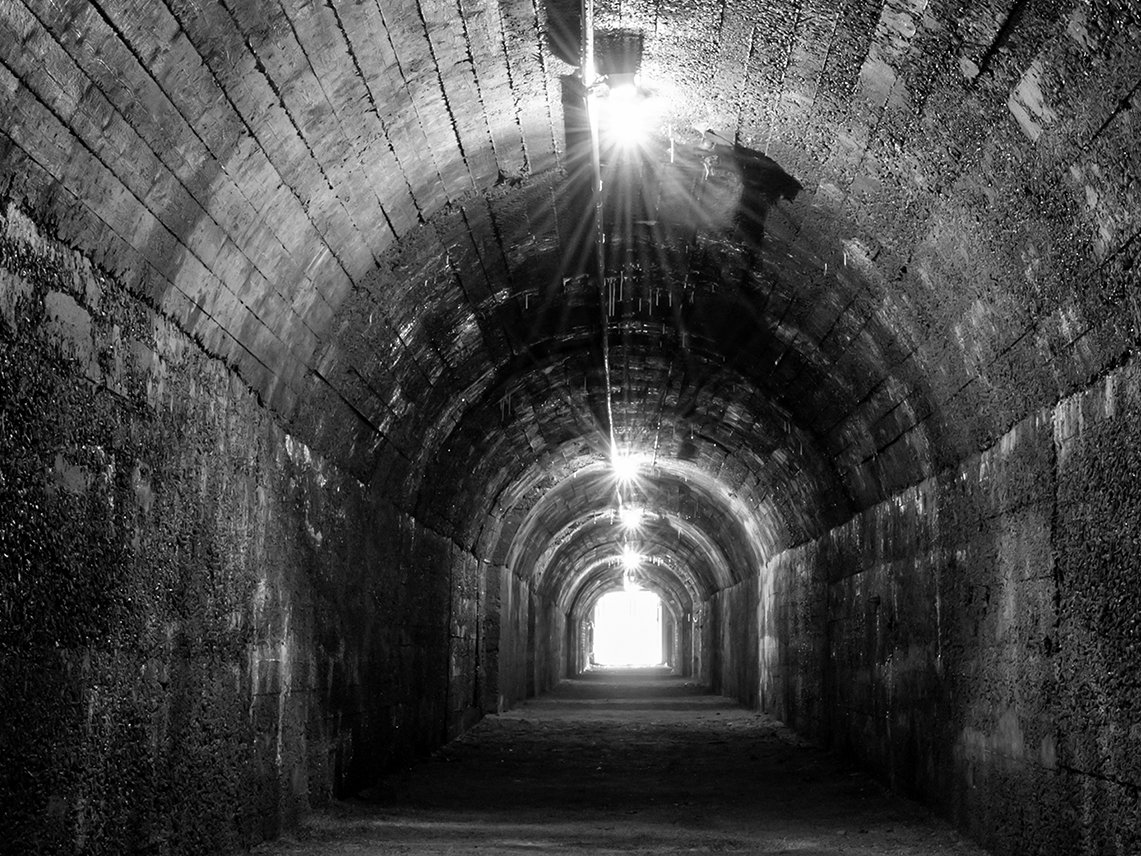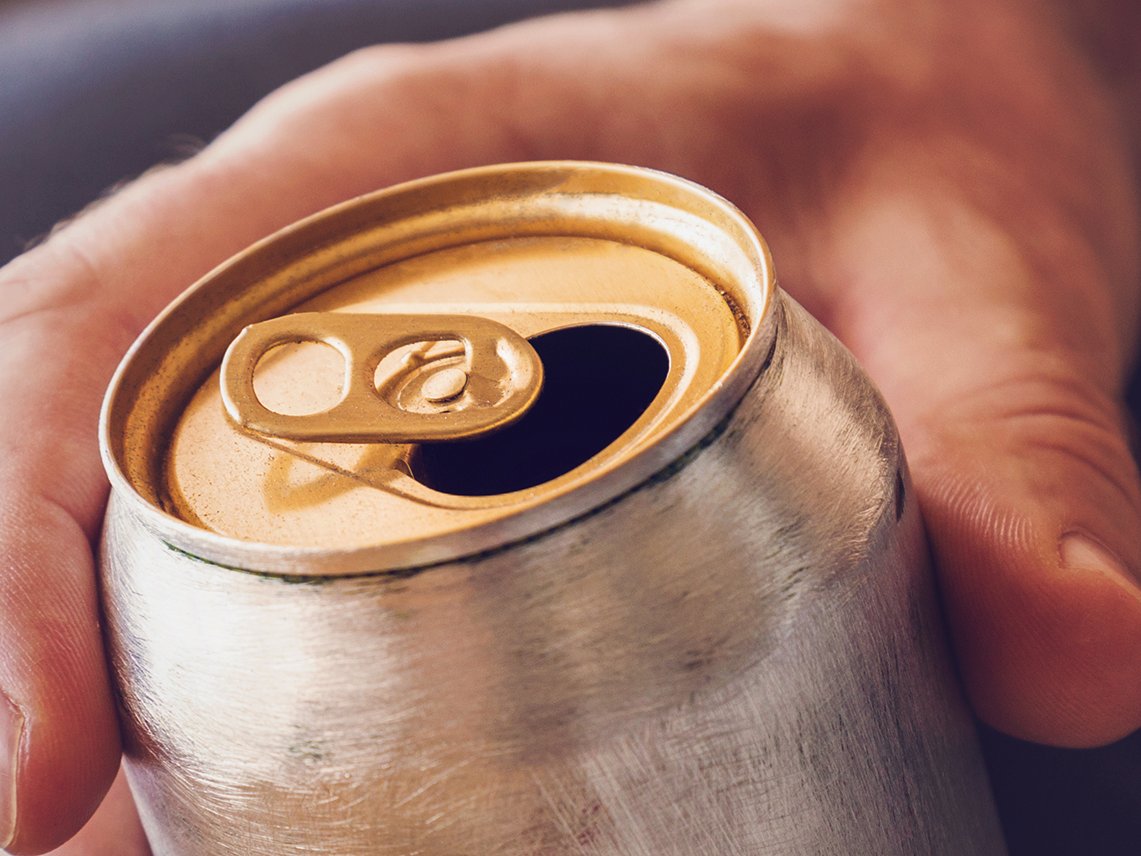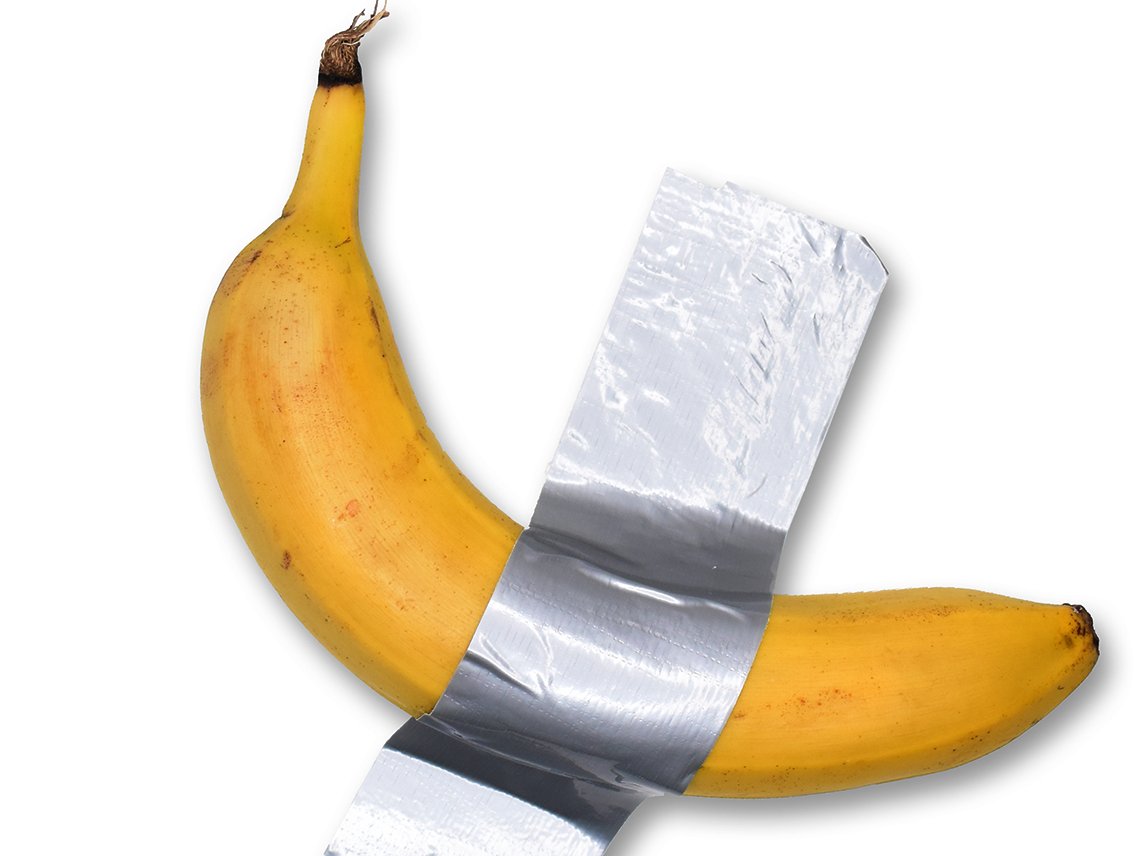Swedish firm is helping fire a recycling boom in kitchen fumes
Enjay technology is being used across the restaurant trade to reuse hot air generated in cooking.
With sustainability a growing issue in the restaurant trade, many businesses are looking into all recycling opportunities in the processes involved in getting the food from the field to the plate.
A major cost to the industry is in heating, an issue that has grown increasingly concerning during the current energy crisis that has seen bills soar to an all-time high. One Swedish firm, however, is confident it can help many businesses cut their heating bills by up to 90 per cent, their groundbreaking technology recovering the energy produced in kitchen fumes during cooking, which can then be used to heat the rest of the building.
Enjay’s Lepido platform is already being used by hotels, restaurants and schools in Sweden, the technology now being exported across Europe. It involves a heat exchange system designed so the grease and soot particles flow past the metal coils inside the technology rather than sticking to them, making it easier to recover heat.
Instead of the hot air produced during cooking being vented out of buildings, it is instead pumped over pipes carrying cold water, which is warmed up to heat the whole building.
“Exhaust air from restaurant kitchens has previously been considered waste, but our technology turns that waste into new energy for heating the same building that the kitchen is in,” said Nils Lekeberg, founder of Enjay.
“This allows business owners in the hospitality sector to cut their heating bills by as much as 90% – a significant saving for UK restaurants at a time when they need it more than ever before.”
Among companies using Enjay’s Lepido platform on a trial basis is a number of Burger King outlets across Scandinavia and in the UK, along with other smaller restaurant chains including Turtle Bay and Brindleyplace.
A major issue is the initial cost of buying and installing a Lepido heat exchanger, priced around £24,000. However, Enjay’s Nils Lekeberg believes most businesses can make that money back within a year or two.












